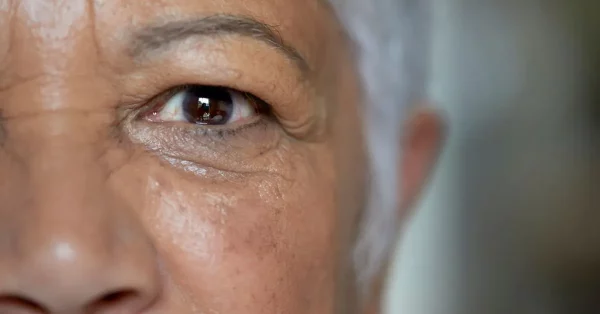
Auditory Agnosia: Breaking Down The Different Types, Symptoms, and Treatment Options for This Neurological Disorder
Imagine hearing a sound loud and clear—but not being able to make sense of what it means. You might hear a dog barking but not

Imagine hearing a sound loud and clear—but not being able to make sense of what it means. You might hear a dog barking but not

Have you ever felt like you’re looking right at something but just not seeing it? Maybe you’ve bumped into furniture on one side of a

Imagine waking up one morning and realizing that half of your world has vanished. Not in a dramatic, disappearing act kind of way, but in

Traumatic brain injury involuntary movements occur when the communication between the brain and the muscles is disrupted. There are various types of post traumatic movement

Visual agnosia is a condition where the eyes can see clearly, but the brain struggles to recognize what it’s looking at. Someone might see a

Recovering from a traumatic brain injury (TBI) can feel like a long and complicated journey. While physical healing often takes center stage, the emotional and

Although it is rare, some TBI patients can develop high blood pressure after head injury. In this article, you will learn some of the causes

Spasticity is an uncontrolled stiffening of muscles caused by a disruption of signals from the brain. The onset of spasticity after traumatic brain injury (TBI)

A seeming lack of emotion is a common symptom of brain injury. However, most people with brain injury lack of emotion do not lack emotions.

Brain injury survivors who experience foot drop after TBI have difficulties with lifting the front portion of their foot. This may cause the toes to


Take the first step towards recovery.